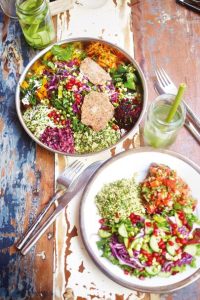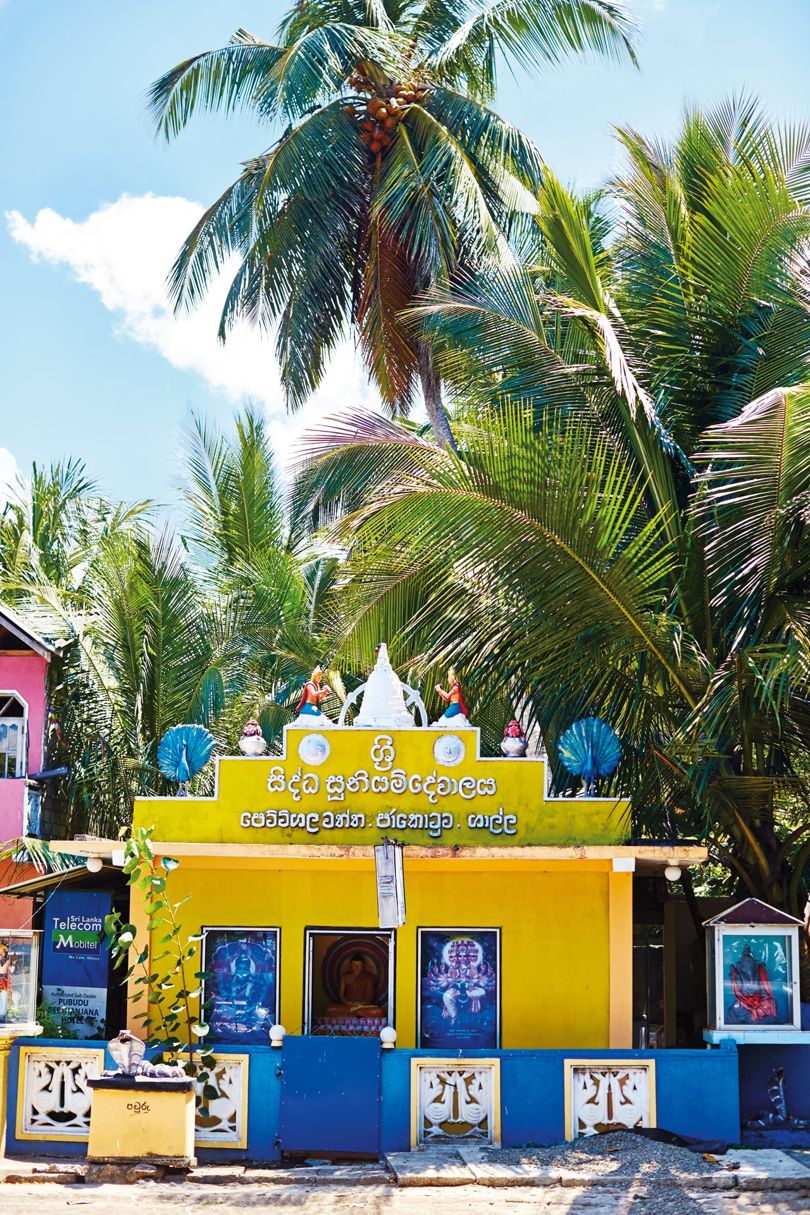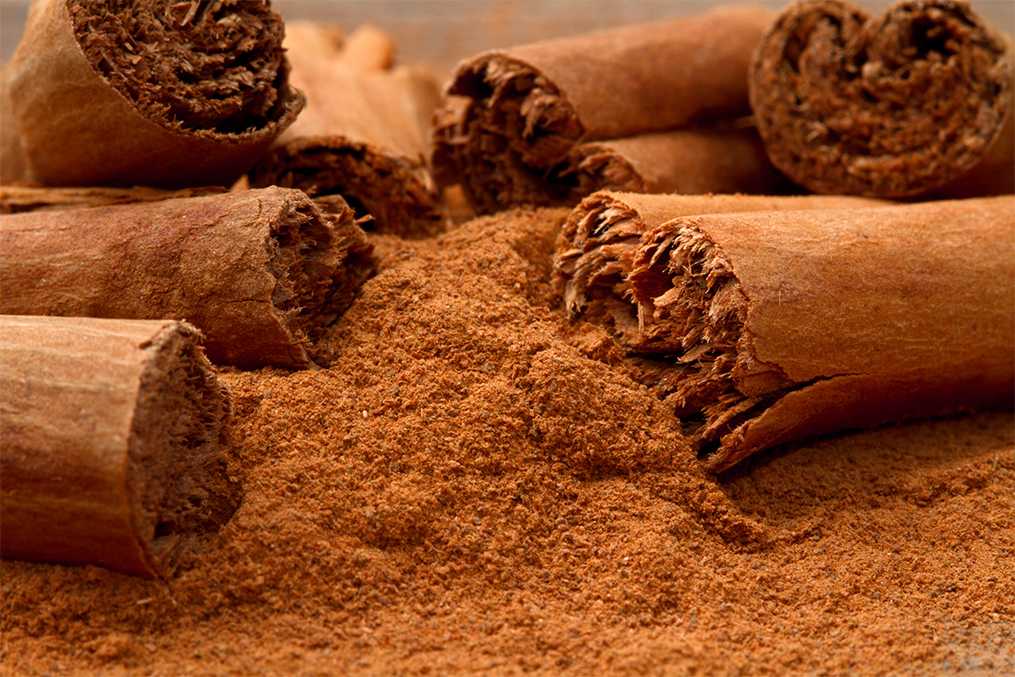Historic and bustling, the labyrinthine streets of Galle Fort offer endless opportunities to lose yourself. Wander the winding streets, lined with colourful boutiques, scented with spices from tempting eateries and dappled with shade from the climbing greenery and towering palms — all just a short tuk-tuk ride from your lakeside refuge at Tri.
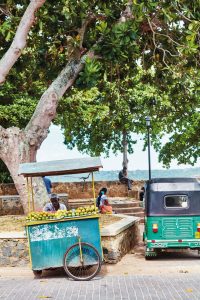
There are countless secret spots to discover within Galle Fort, and the best place to start is right on the fortified walls. Walk the perimeter of the town to escape the heat and enjoy a cooling ocean breeze, with panoramic views of the Indian Ocean beyond. Take in the iconic white lighthouse, and pause to watch local kids leaping from Flag Rock into the deep azure waters below. Getting hungry? Head to a street food stall to sample a fresh parippu wade prawn and lentil fritter or pani cadji ice cream with kithul honey and cashew nuts.
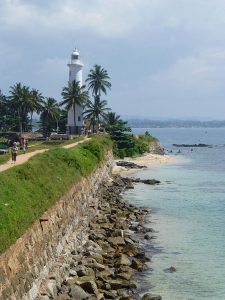
The winding backstreets of Galle Fort are a haven for shopaholics, dotted with boutiques selling colourful clothing, beautiful homewares and eclectic knick-knacks. Stock up on vibrant and sequin-scattered kaftans at resort wear wonderland Mimimango (63 Pedlar Street), or fill your suitcase with beautiful, locally-made pattern- and print-adorned homewares at Tallentire House (51 Pedlar Street), whilst Stick No Bills (35 Church Street) is home to a fascinating collection of vintage travel posters and prints. In a city famed for its jewellers, those in the know head to Laksana (30 Hospital Street) for the deep, cornflower-blue Ceylon sapphires, bought loose, as well as spectacular jewellery with uncut stones.

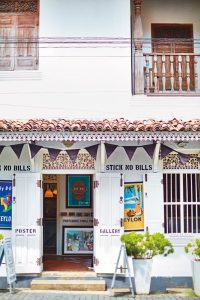
Galle Fort offers a smorgasbord of dining experiences for every palate and budget. The Tuna & The Crab (Galle Dutch Hospital, Hospital Street) is a southern offshoot of Colombo institution Ministry of Crab, serving up Japanese-inspired seafood to glamorous diners in the beautiful old Dutch Hospital. For a low-key lunch, Poonie’s Kitchen (63 Pedlar Street), tucked in beside Mimimango, is renowned for its fresh juices and colourful salad thalis, whilst Galle Things Roti (38 Church Street) offers a simple and delicious DIY menu of roti, curry and sambols. As the sun dips below the horizon, end your explorations with a delicious cocktail on the veranda at Amangalla (10 Church Street) — the fresh mango Bellini is our favourite.
